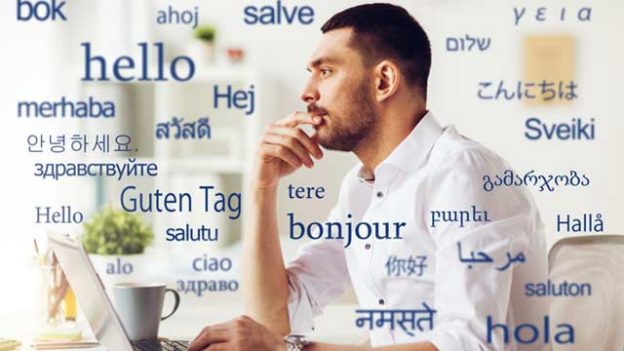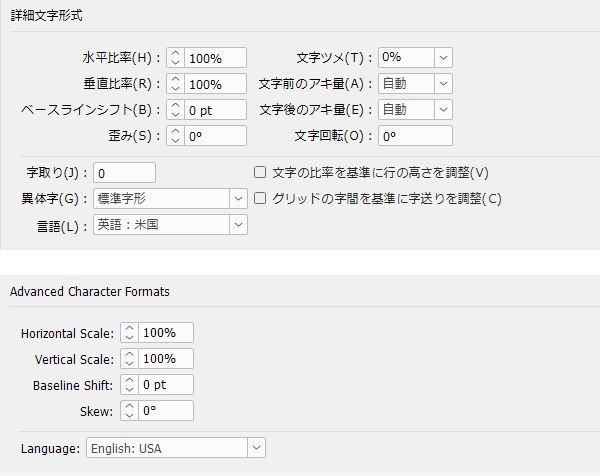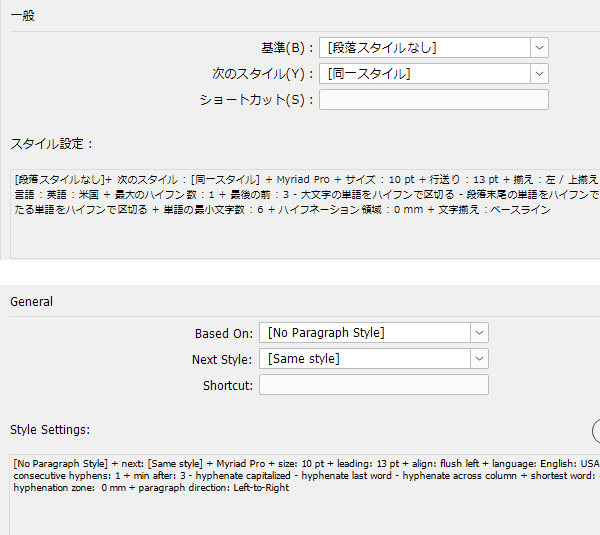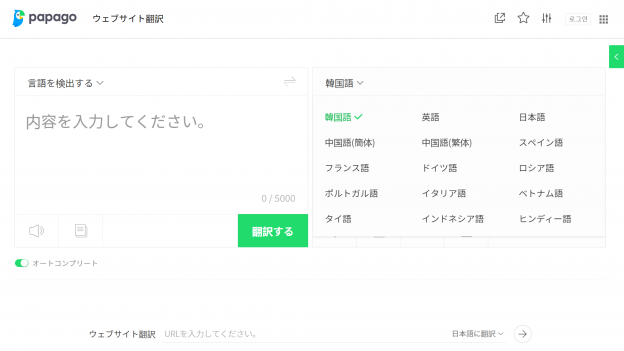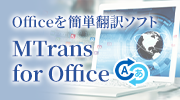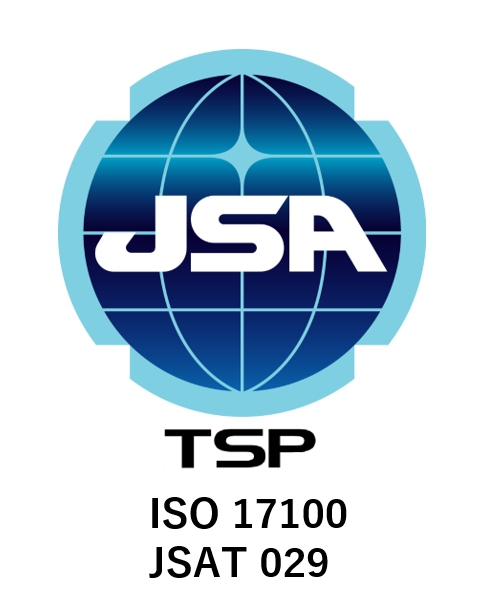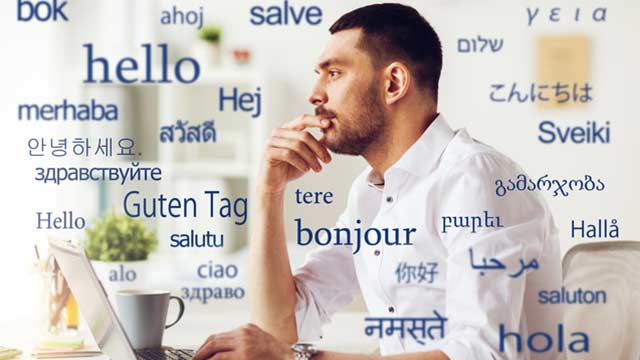
In this blog series we have discussed how, in addition to the translator’s understanding of the source material, parties such as the client and the final readers must be taken into consideration to produce an optimal translation, as the needs of these parties often extend beyond writing quality and literal accuracy. In this third and final part, we will be looking at the needs of subsequent processors and exploring how certain steps that occur downstream of translation can change the way that translations should be handled.
Subsequent Processors
After the translation itself is complete, there are still many steps that must be taken before the text is ready for consumption by the final readers, including quality assurance (QA) checks and digital-to-print work (DTP). Here, we will be referring to the people who perform these follow-up steps as “subsequent processors.” Depending on the characteristics of the document being translated, a straightforward translation of the text may not meet the needs of these subsequent processors. The following are some instances where translators should be mindful of these future steps.
Review
Translation review is an essential step in the overall translation process, whether performed by the translation company, the client, or both. Ideally, reviews are performed by a person who is highly proficient in both the source and target languages, but this is not always the case, meaning that the reviewer may have to rely heavily on automated QA tools to confirm the translation’s accuracy and adherence to the grammar and style rules. QA tools will output an error wherever there is an inconsistency, regardless of whether the translation is correct in context. So, to minimize feedback and correction requests from whoever is reviewing the translation, it is a good idea for the translator to anticipate likely errors—such as areas where the translation purposefully deviates from the provided term list or where the sentence structure does not resemble that of the source language—and to briefly explain their reasoning in a comment.
DTP
Modern translation tools allow translated text to be exported into the same file format and layout as the original document. Nevertheless, the output file must undergo additional edits and formatting to ensure that the translated text is visually appealing and fits properly within the provided space. This process is commonly referred to as “Digital to Print” (DTP). DTP processors are often unfamiliar with the target language and may not notice when information is misplaced. So for example, when suboptimal segmentation by the translation tool has forced in-line tags such as icons into the wrong locations, comments or other noticeable markers should be added by the translator to ensure that the DTP processor is able to correct the tag placement.
On the other hand, thanks to the presence of DTP processors, mid-sentence line breaks that exist in the source (common in PowerPoint documents and tables) should rarely be reflected in the translation. The purpose of mid-sentence line breaks is generally to control the line width, but because the length of words and sentences is rarely the same between the source and target text, carrying these line breaks over into the translation is likely to break the layout, rather than support it. The placement of mid-sentence line breaks for layout purposes should be the responsibility of the DTP processor and can therefore be ignored by the translator.
TM maintenance
Translation memory (TM) is a very convenient tool for maintaining consistency not only within a file but across multiple files. So for recurring clients in particular, TMs must be maintained to ensure the quality of future translations. With that in mind, translators should be mindful of how they translate a sentence that happens to be split across multiple segments. Depending on the segmentation settings of the translation tool, there are cases where certain symbols or hard line breaks cause a single sentence to be split across two or more segments. Because the order of information can change or even reverse entirely when being translated from one language to another, this creates issues where splitting the translated sentence across multiple segments in the same manner causes the information actually contained in each pair of source and target segments to differ. Although this situation may not have an impact on the quality of the document currently being translated, it can lead to mistranslations in future files that are automatically populated by the mismatched TM and can complicate attempts to search the TM for any existing translations of terms that appeared previously. To avoid future complications, consolidating the translation into either the first or last segment of the split sentence is recommended.
In Conclusion
When translators thoughtfully consider their role in the context of the complete document creation process and consider both the present and future needs of those interacting with the documents being translated, they can not only produce an optimal translation for all of the relevant parties, but can minimize complications that would otherwise delay the process. This way of thinking raises the quality of the translated product and leaves a good impression on the people who oversee translation orders and document creation, so they are more likely to request you for future translation work.
If you missed them or would like to refresh your knowledge, please be sure to check out parts one and two of this series to learn more about the needs of those who read and those who request your translation work.

